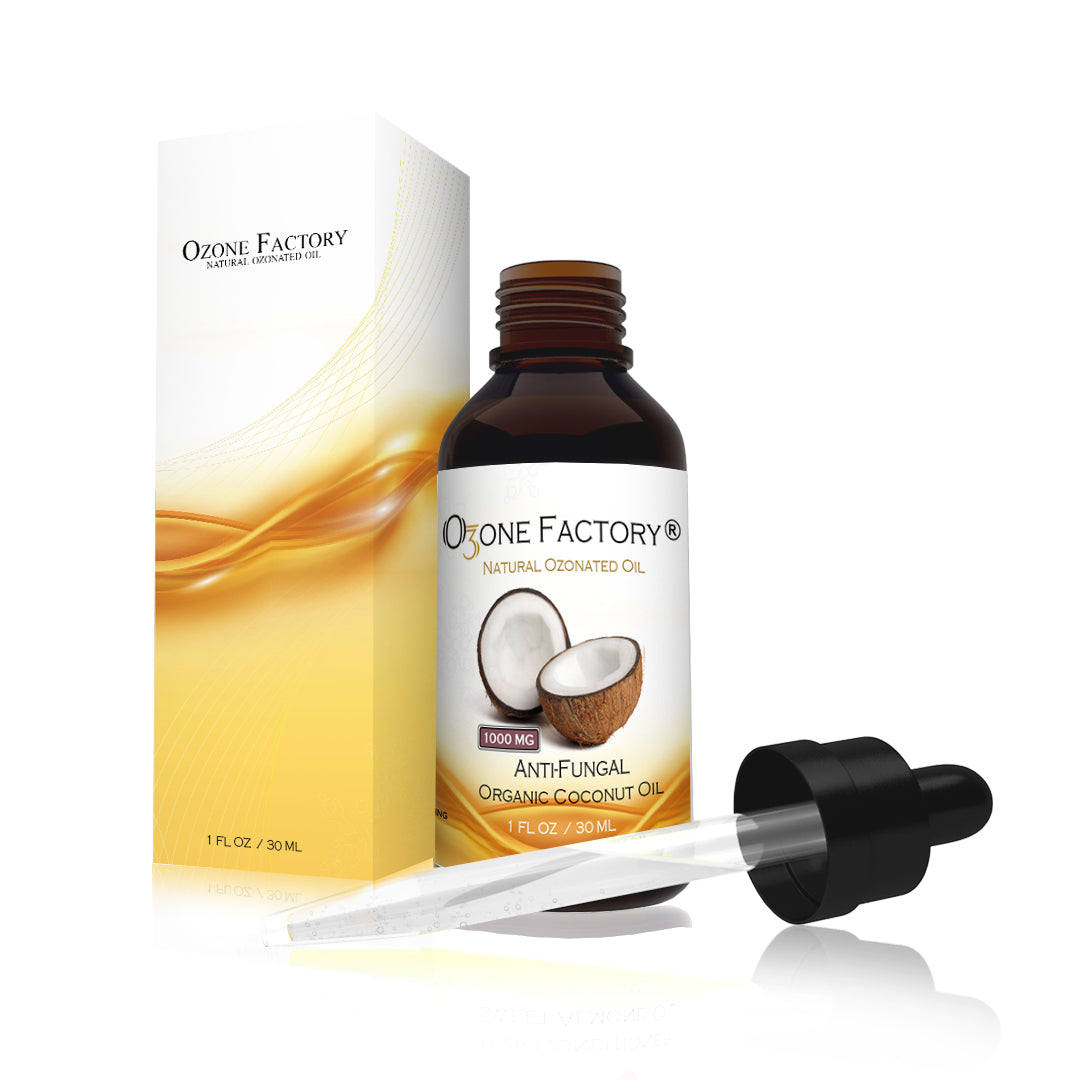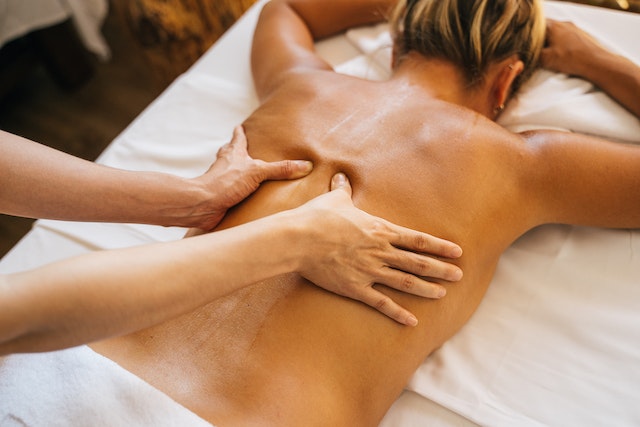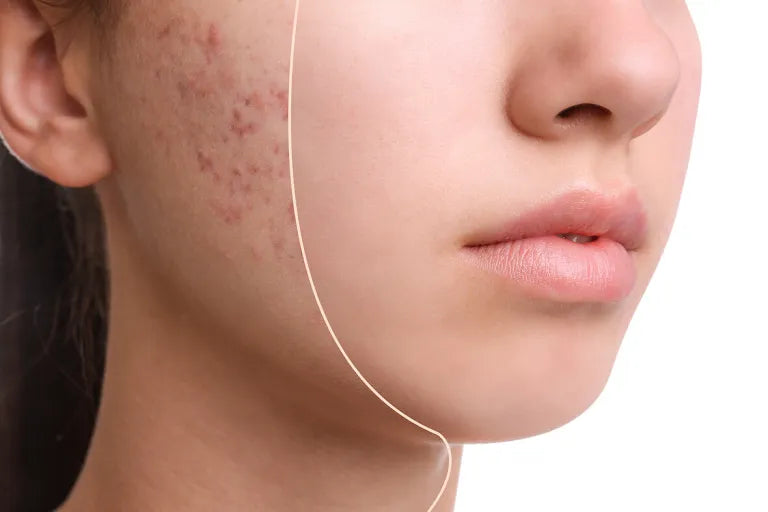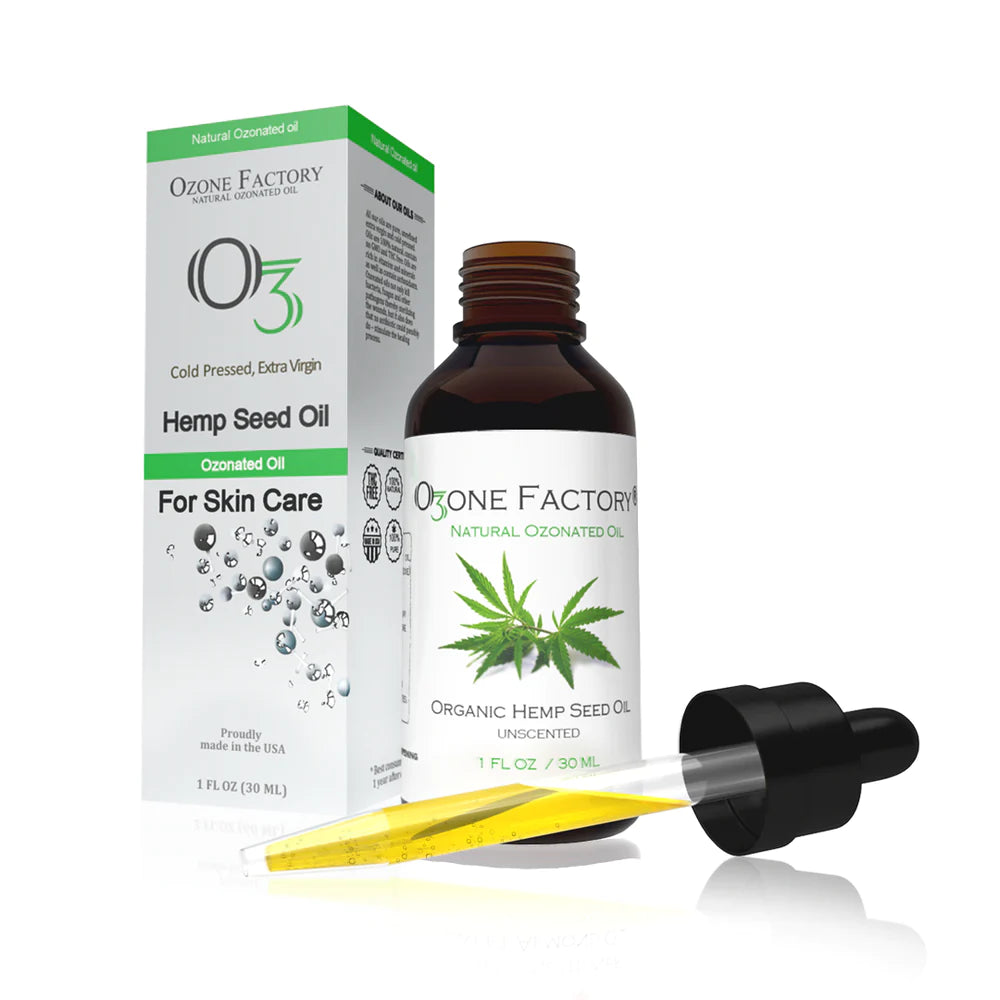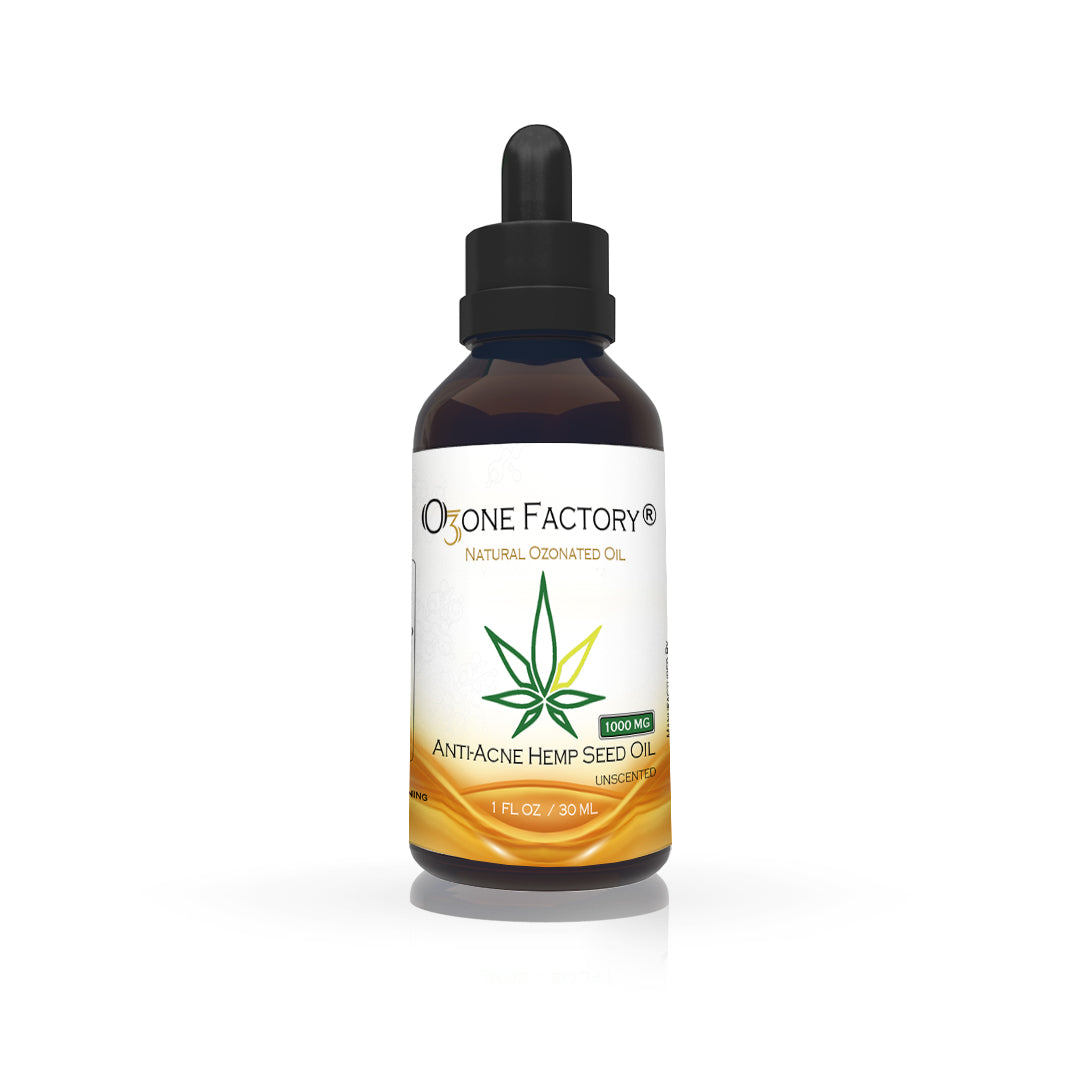
Milia appears as tiny white or yellowish-white papules on the cheeks, nose or other parts of the skin although commonly seen in infants, milia can develop in teenagers and adults as well. Mostly attributed to the buildup of oil in your skin, milia can also be a sign of an underlying medical condition. The good news is there are several treatment options you can try to get rid of milia and prevent them from developing further. To know more, scroll down to read the article.
What Is A Milium Cyst?
A milium cyst is a small white or yellow bump that appears on the nose and cheeks. When these cysts occur in groups, they are called milia. Milia are often found on the face, around your eyes, eyelids, lips, and cheeks. However, they may sometimes also occur on other body parts, such as the torso or genitalia. Milia develop when tiny skin flakes become trapped in small pockets near the surface of the skin.

What Causes Milia?
The cause of milia in a newborn is unknown. It is often mistaken for baby acne, which is triggered by hormones from the mother. However, milia do not cause inflammation or swelling like acne, and most of the time, infants are born with it.
In adults as well as older children, milia occur as a result of damage to your skin. This can include:
- Blistering due to skin conditions like epidermolysis bullosa (EB), cicatricial pemphigoid, or porphyria cutanea tarda (PCT)
- Blistering due to allergic reactions, such as a poison ivy allergy
- Burns
- Long-term exposure to the sun
- Long-term use of steroid creams
- Skin-resurfacing procedures like dermabrasion and laser resurfacing
- Aging skin
Milia can be classified into different types, depending on the age at which the cysts occur and the cause.

What Are The Types Of Milia?
Milia are classified into primary and secondary categories. While primary milia are formed because of entrapped keratin and are found on the faces of infants and adults, secondary milia are formed when the ducts leading to the skin’s surface get clogged.
Milia are further divided into the following types:
- Neonatal Milia: These are primary milia. They occur in newborns and clear up within a few weeks.
- Juvenile Milia: Some rare genetic disorders can cause juvenile milia. They are:
- Gardner’s syndrome, which may lead to colon cancer later on.
- Nevoid basal cell carcinoma syndrome (NBCCS).
- Bazex-Dupré-Christol syndrome affects hair growth and the ability to sweat.
- Pachyonychia congenita, a condition that causes thick or abnormally shaped nails.
- Milia En Plaque: This type affects the eyelids, ears, cheeks, and jaw. It is often associated with genetic or autoimmune disorders like discoid lupus or lichen planus.
- Multiple Eruptive Milia: These cause itching and most often occur on the face, upper arms, and torso.
- Traumatic Milia: The milia cysts occur as a result of skin injuries. The resultant cysts may be red along the rim and white in the center.
- Milia is associated with drugs and other products.
Ozonated Castor Oil
Ozonated Castor oil has anti-inflammatory properties that are beneficial for your skin. Applying ozonated castor oil is an excellent way to get rid of milia naturally. Before applying this oil just clean your face with water and then drying it. Then, massage the milia affected area with with some drops of castor oil and let it stay for atleast half an hour. Lastly, wash it off withe after and wipe with a dry towel. Repeat this process daily and get rid of milia quickly and effectively.

Ozonated Coconut Oil
Ozonated Coconut oil can be a very good way to treat the milia affected areas on your skin. You have to apply and massage it on your face gently. Coconut oil has antibacterial properties that can help in reducing the scars on your face. Coconut oil makes the hard milia soft and smooth, which makes it easier to remove these white bumps on your cheeks. You can apply it before bedtime and wash in the morning.



